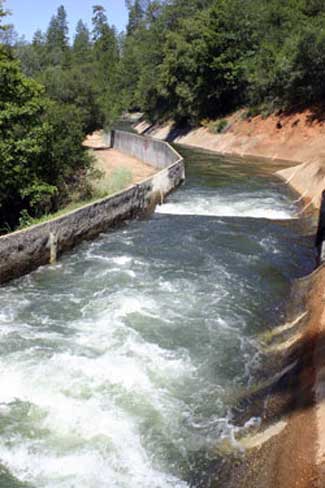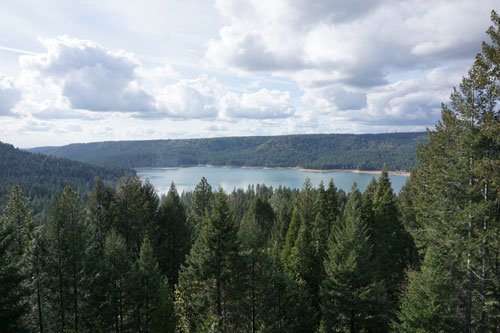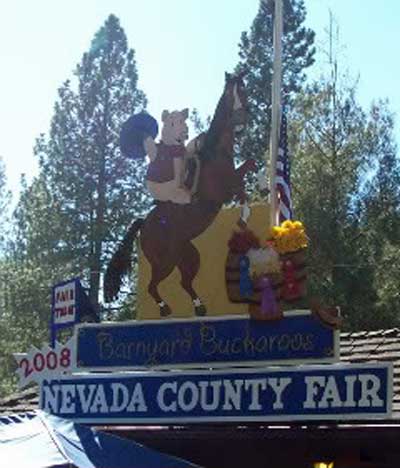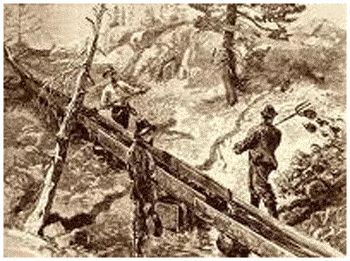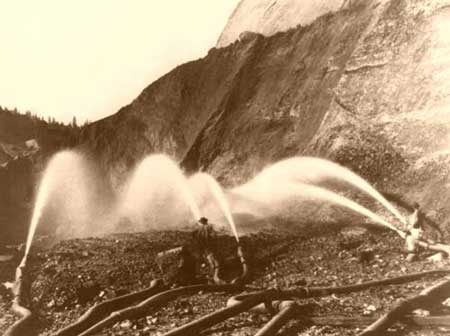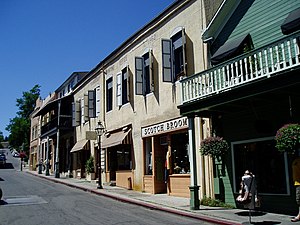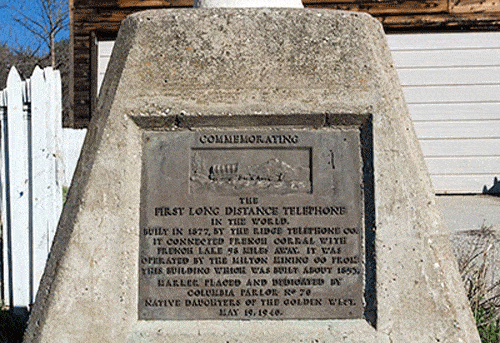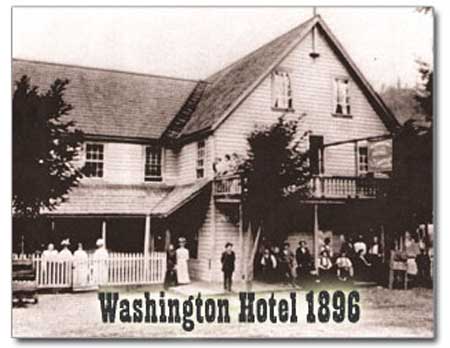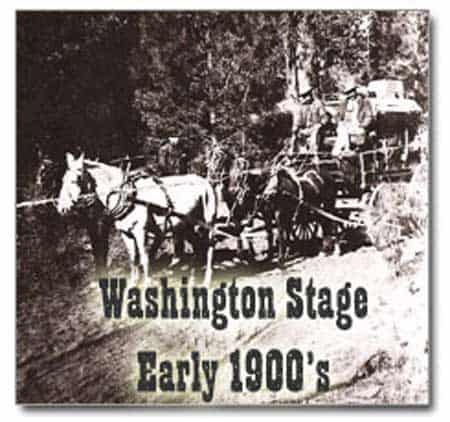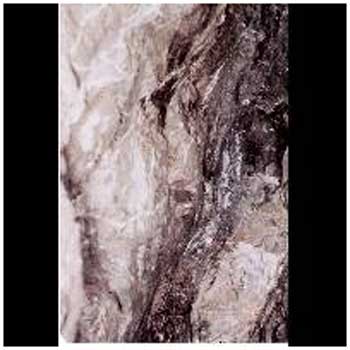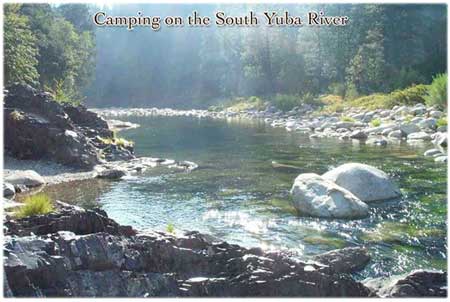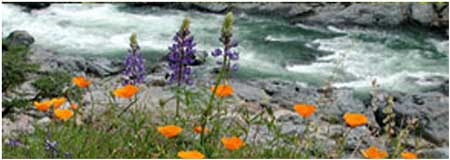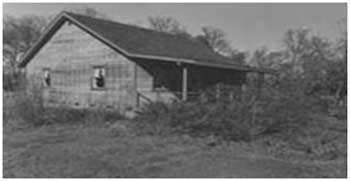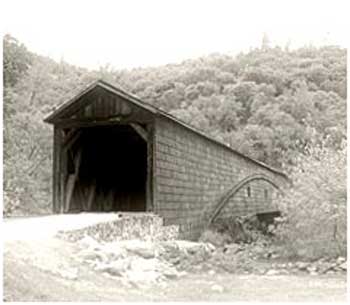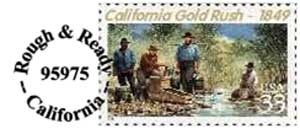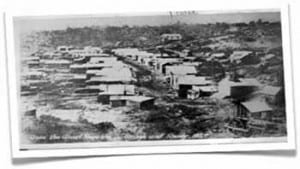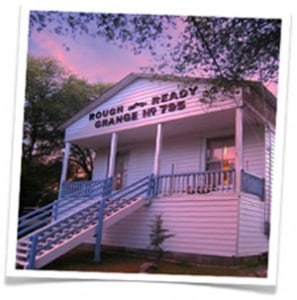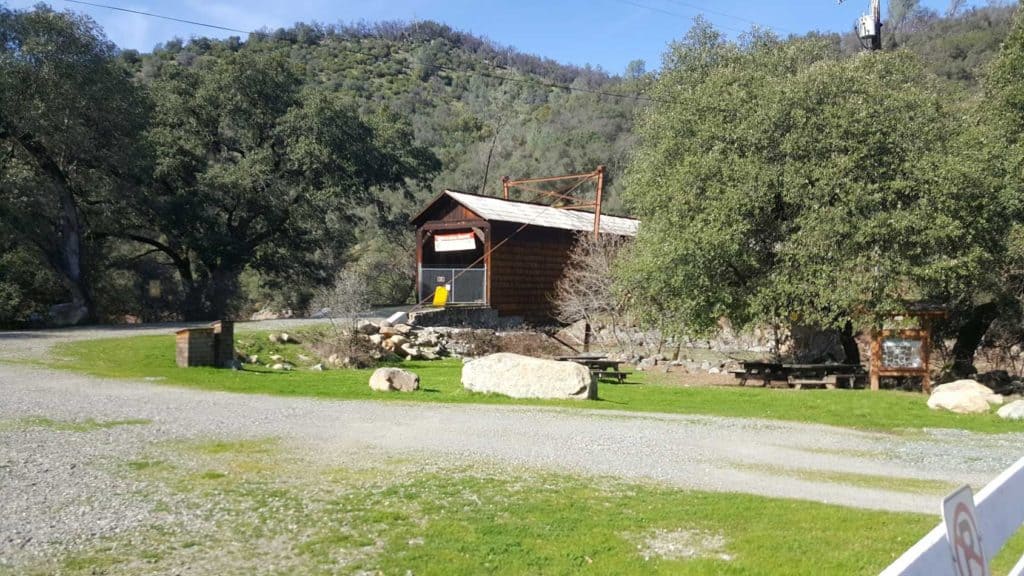
By Judy Pinegar
Feb 26, 2017 –
It was a beautiful sunny/cloudy day in Nevada County. Having a bit of cabin fever due to all the rain, John and I set out for Bridgeport with Hershey, our beautiful, black, half Labrador dog.
Stopping first on the other side of the Yuba River, the sign said the walking trail(s) were closed, although we could see some people and sometimes dogs on the trail(s). But we had to pay the parking fee ($5.00), so we returned across the Yuba River to the main Park Site and Visitor Center. After paying (honor system) we proceeded to get a brochure and wander around the central area. The National and State registered Historic Landmark is the actual Bridgeport Covered Bridge, built in 1862 by David L Wood and the Virginia Turnpike Co. It was closed to walkers, or anyone, but restoration is expected. It is 229 feet long, making it the longest single span covered bridge in the entire United States!
Then on to the “family beach” now mostly covered by water as the river is very high this year! Several old pieces of mining equipment are around. We then visited the old garden spot, the visitors center, the gas station ($0.12 per gallon!), and then the Barn which contained a large collection of various carriages, and farming vehicles. The Visitor Center was quite interesting, containing some preserved wildlife from the area that Hershey did NOT like at all! (Think panicked barking, a wild animal is on the loose!) Also displayed were pictures of how high the river actually has risen in this area, way higher than this year for sure!!
Then we took the easy Visitors Center Trail, past Kneebone Cemetery, Kentucky Creek (that trail was flooded), and back to the main area. There were a few confusing signs about “where” and “where not” you could take your dog, but overall it was a nice day. However it was really getting cold, so we left for home, hoping to come back with more time to walk (lots of trails) an a little better weather!!
All and all, I recommend it as a really fantastic place to visit. See you on the trail! (Just look for Hershey)
For information South River State Park
Call (530) 432-2546
